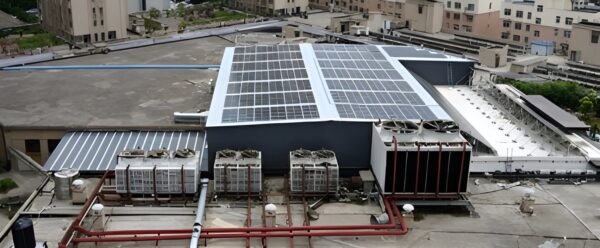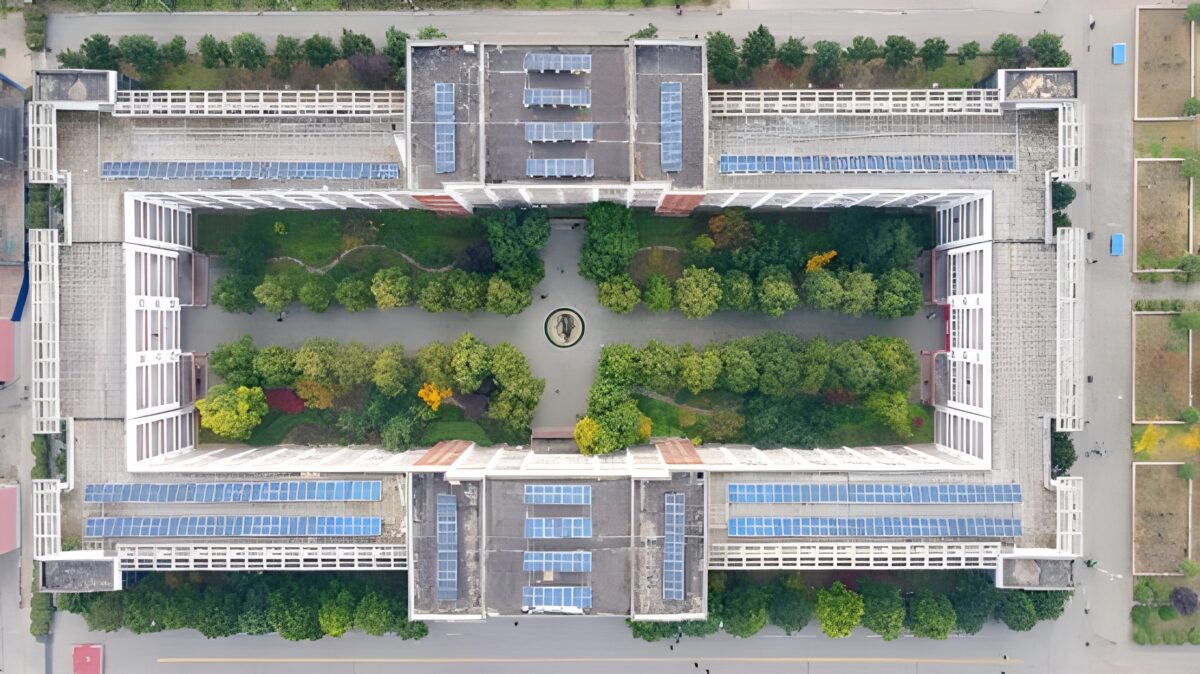Huawei has released a white paper with certification agency TÜV Rheinland. It claims that its Smart Module Controller can shut down inverter voltages in 25 seconds (DC) and 11 seconds (AC).
The line features two products with rated DC inputs: 450 W for the SUN2000-450W-P2 and 600 W for the SUN2000-600W-P.
“Based on the buck circuit, Smart Module Controller Solution adopts the ‘optimizer + two-stage inverter’ architecture,” the company said. “With optimizers installed, PV modules are optimized independently to achieve maximum yield.”
Huawei conducted tests with TÜV Rheinland. In the first test, they measured the ability to shut down the maximum power point tracking (MPPT) inverter quickly.
“The only option is usually to let the PV system burn in a controlled way until all the PV modules burn out. This method will prolong the fire and cause heavier property losses,” the company said. “It is necessary to adopt comprehensive measures such as rapid shutdown technology combined with intelligent arc fault detection to improve the safety of distributed PV.”
Popular content
Test results on a shopping mall roof showed that the MPPT inverter voltage dropped to 0 V in 25 seconds (DC) and 11 seconds (AC) after disconnecting the DC and AC switch, due to the optimizer.

Image: Huawei Digital Power Technologies
Huawei also claims in its white paper that its optimizers could raise yields of PV systems by up to 30%. It said that by installing optimizers in a shaded roof area, a school could improve its yield by 25.9%.
In one test, households with older models experienced a mismatch, and those equipped with optimizers saw a 3.56% and 2.73% increase in PV energy yield compared to two households without optimizers. In another case, where old and new PV modules were used together, optimizers boosted the energy yield by 7.26%.
The company also assessed the operations and maintenance (O&M) of its optimizers, which send data to a smartphone and computer interface. According to the white paper, the system can instantly identify a faulty module and reduce the need for inspections from two to three times a month to just once.
This content is protected by copyright and may not be reused. If you want to cooperate with us and would like to reuse some of our content, please contact: editors@pv-magazine.com.


2 comments
By submitting this form you agree to pv magazine using your data for the purposes of publishing your comment.
Your personal data will only be disclosed or otherwise transmitted to third parties for the purposes of spam filtering or if this is necessary for technical maintenance of the website. Any other transfer to third parties will not take place unless this is justified on the basis of applicable data protection regulations or if pv magazine is legally obliged to do so.
You may revoke this consent at any time with effect for the future, in which case your personal data will be deleted immediately. Otherwise, your data will be deleted if pv magazine has processed your request or the purpose of data storage is fulfilled.
Further information on data privacy can be found in our Data Protection Policy.